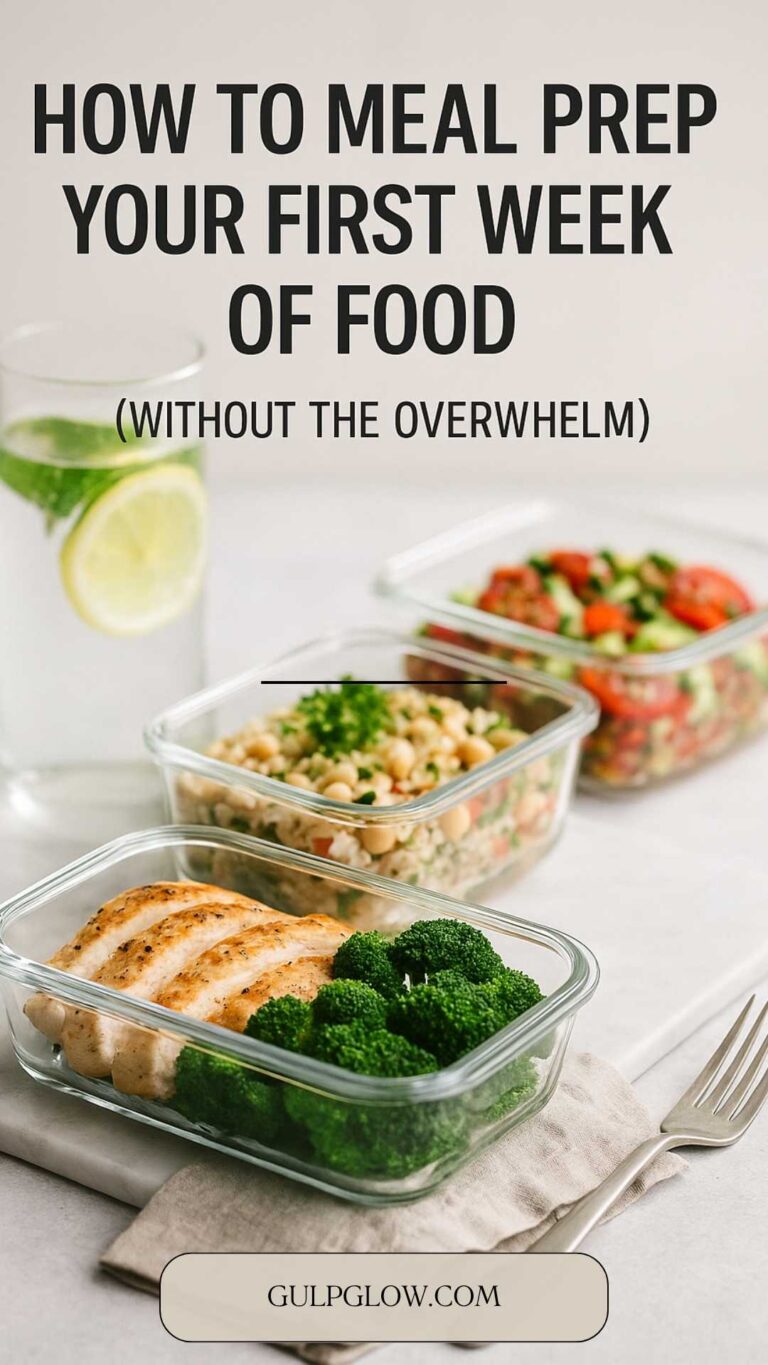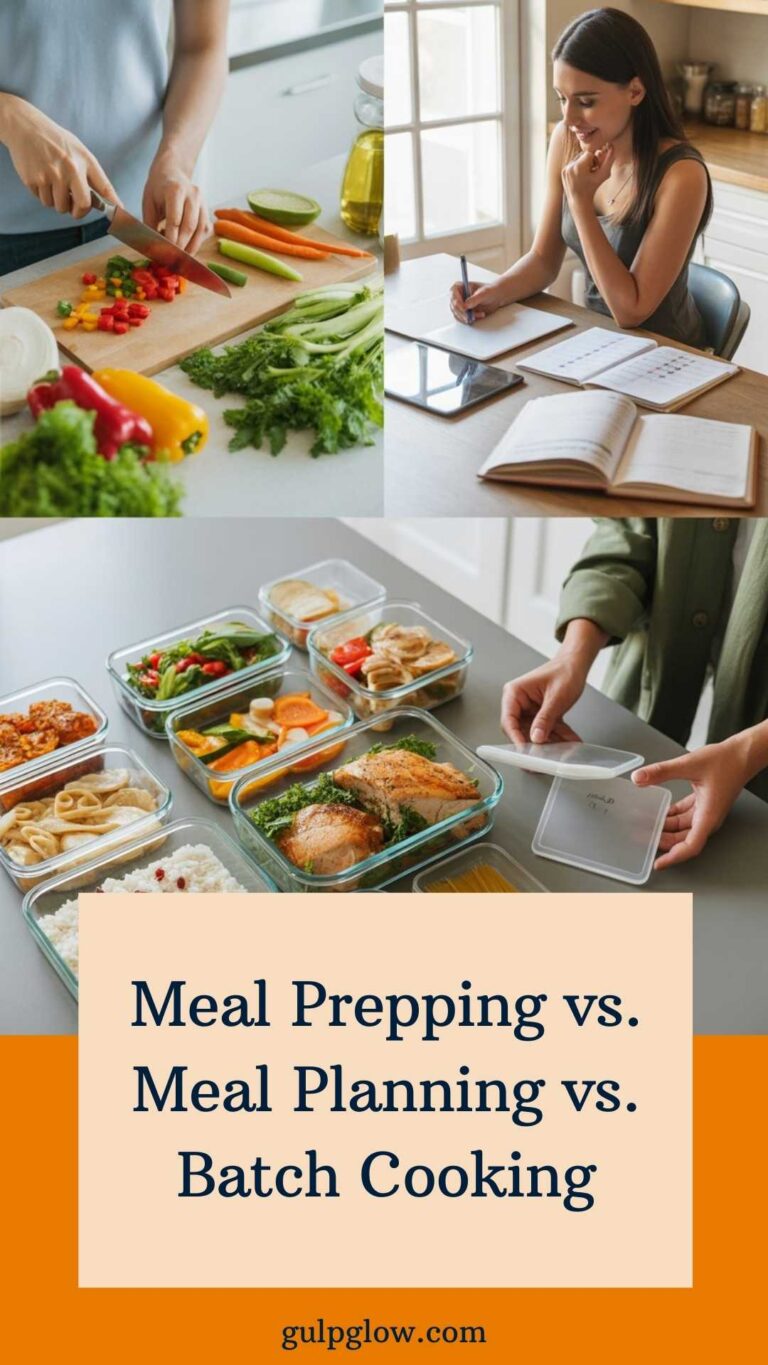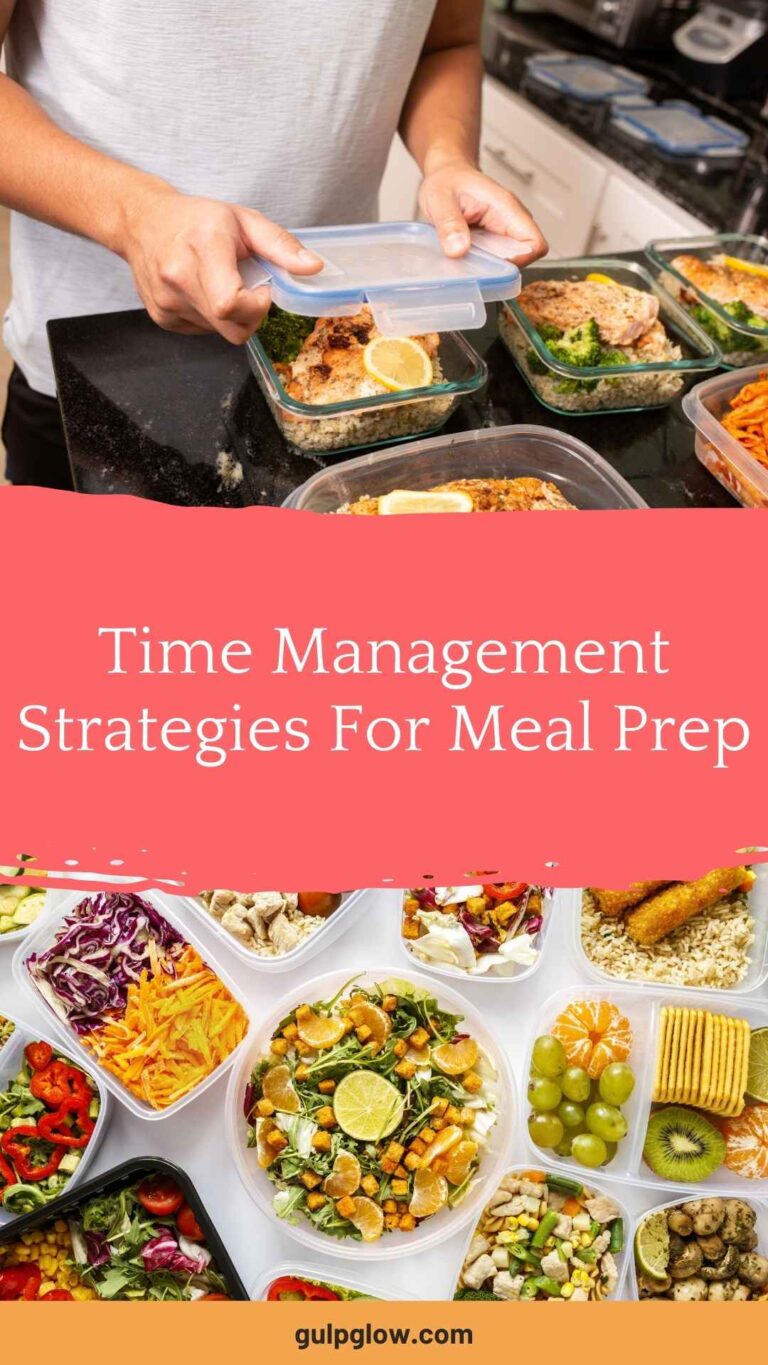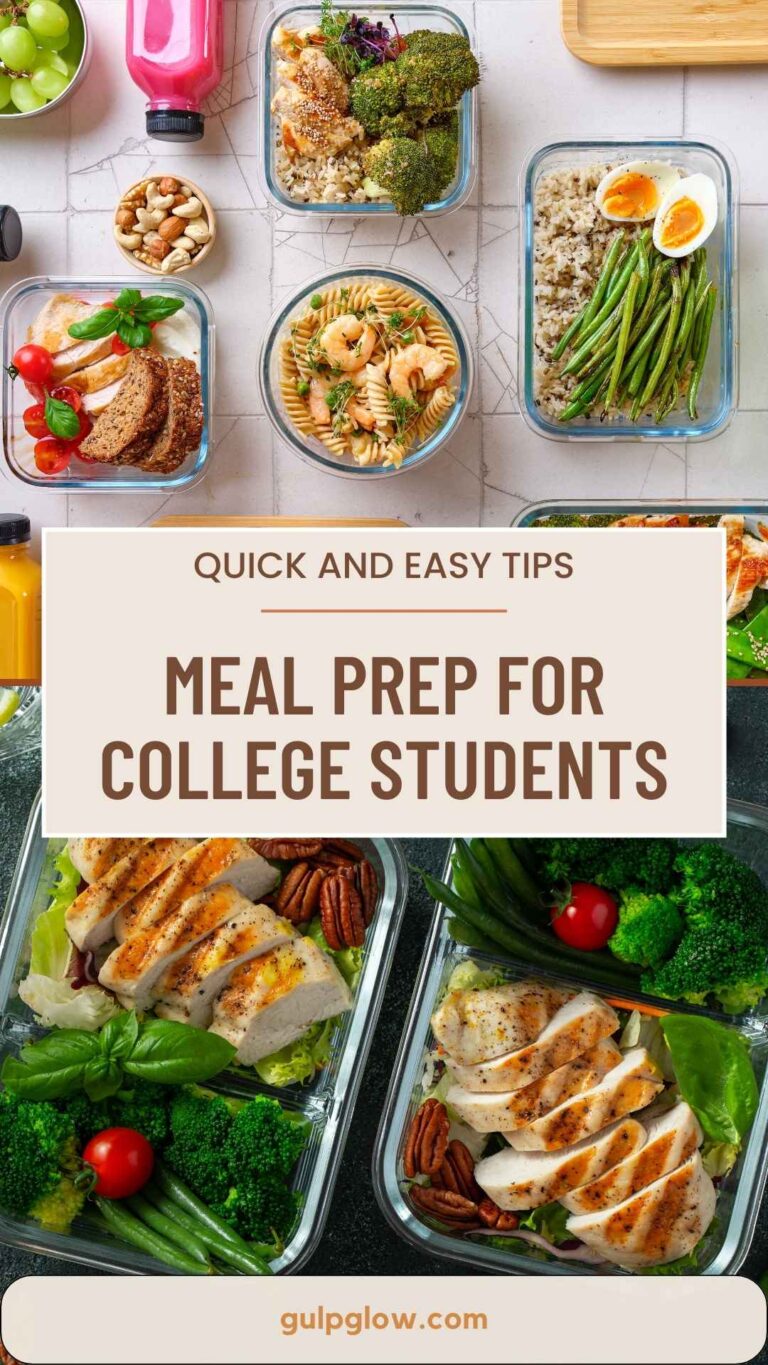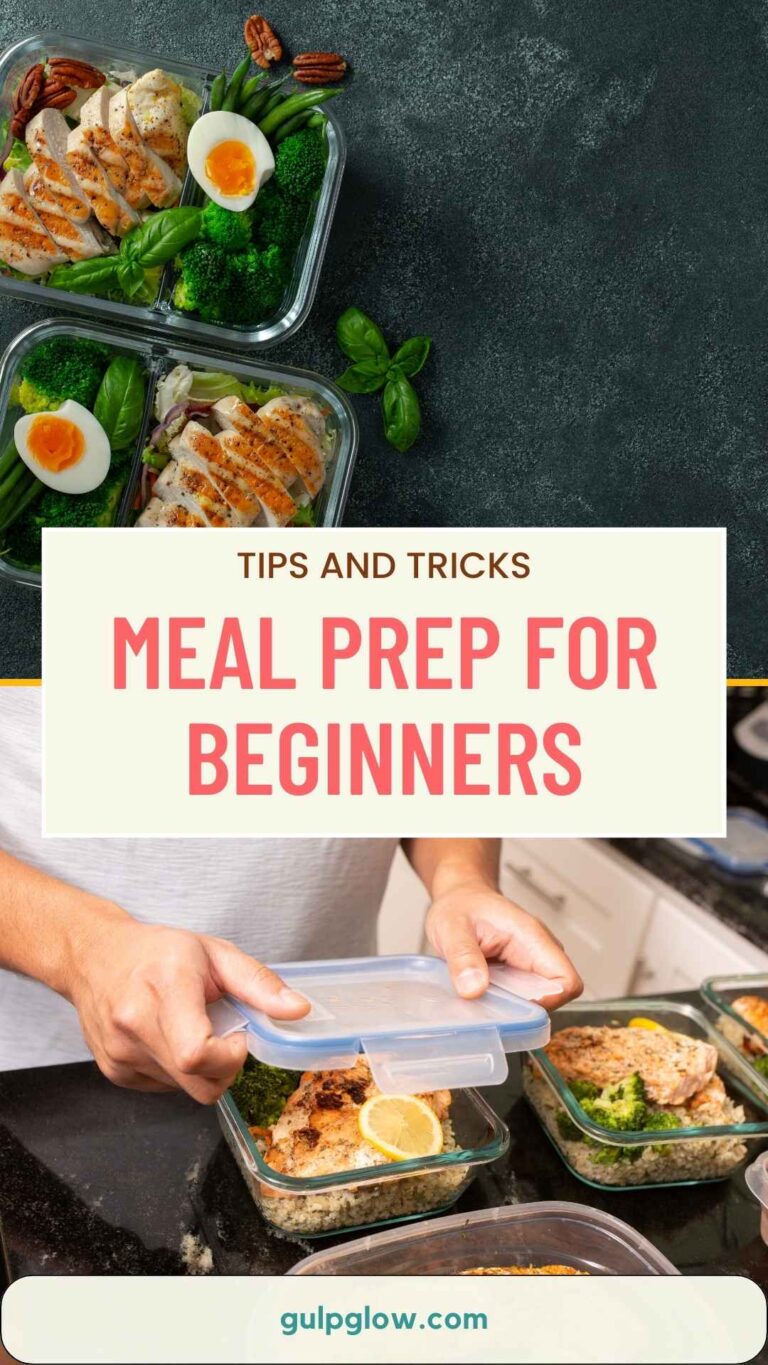How to Organize Your Kitchen for Effective Meal Prep
A chaotic kitchen can turn the simple act of preparing meals into a daily headache. Whether you’re aiming to save time, eat healthier, or just enjoy cooking more, the way your kitchen is organized plays a crucial role. Without a system in place, cluttered countertops, misplaced utensils, and forgotten pantry items can quickly derail your meal prep goals.
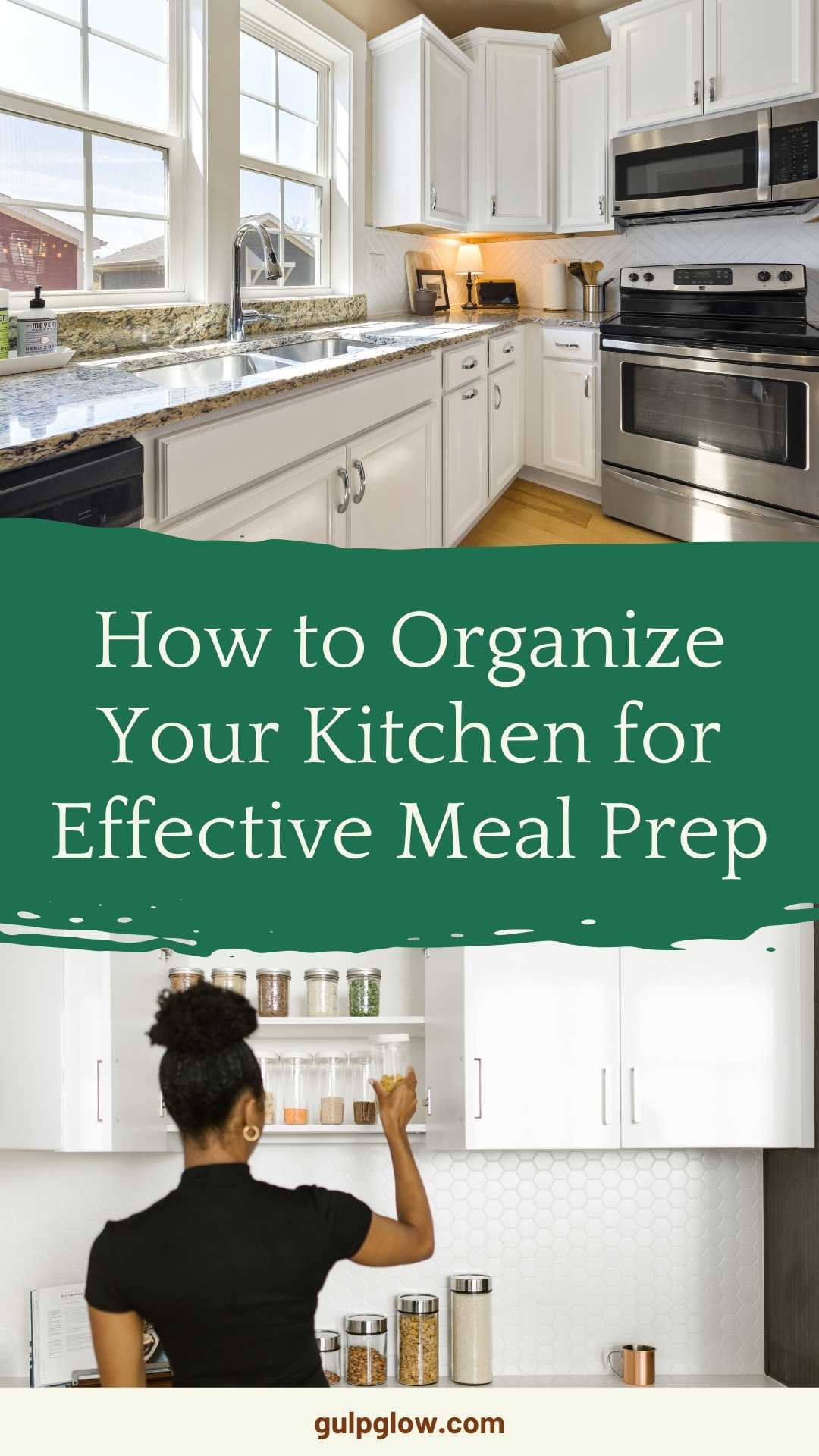
An efficiently organized kitchen isn’t about having the biggest space or the fanciest appliances—it’s about creating a layout that works for you. By streamlining your storage, defining work zones, and using tools that support your cooking habits, you’ll be able to prep meals faster, with less stress, and more consistency.
In this guide, we’ll walk through practical steps to transform your kitchen into a meal prep haven. Whether you’re a busy parent, a fitness enthusiast, or someone trying to get more intentional about food, these strategies will help you take control of your kitchen and make cooking a joy again.
Assessing Your Kitchen Space
Before diving into containers and labels, start by understanding your current kitchen layout. Walk through your kitchen and take note of areas that feel cramped, cluttered, or inefficient. Are your cooking tools too far from your stove? Is your prep area constantly overwhelmed with appliances? Identifying these problem areas is the first step toward meaningful change.
The Kitchen Work Triangle
A fundamental concept in kitchen organization is the kitchen work triangle, which connects your sink, stove, and refrigerator—the three main work areas. Ideally, these points should form a triangle that allows for smooth movement between tasks. If your kitchen doesn’t follow this layout, consider reorganizing where items are stored to support a better flow, even if you can’t remodel the physical space.
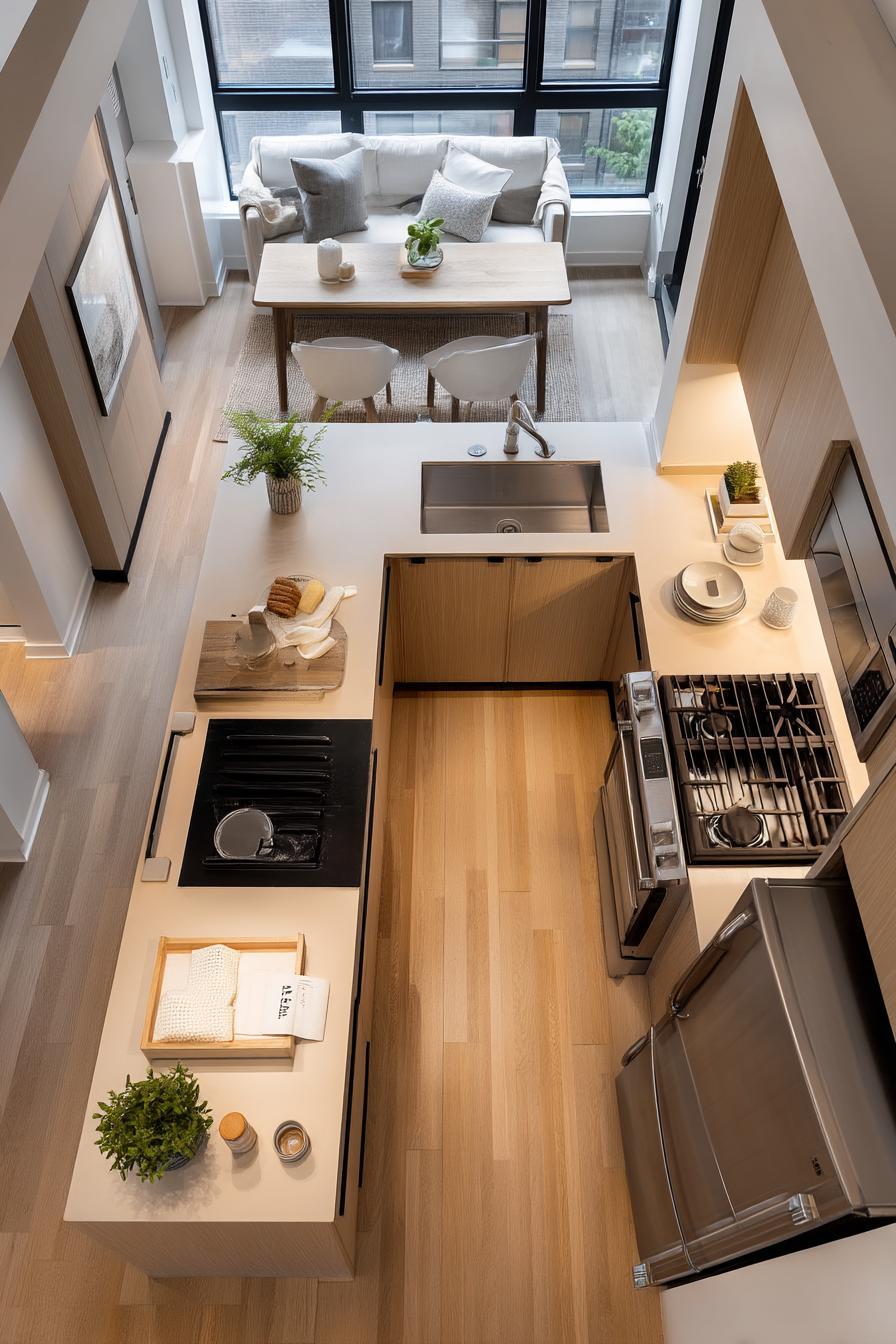
Evaluate Storage Capacity
Open all your cabinets and drawers. Are they being used efficiently? Often, bulky items or poorly stacked tools can take up more space than necessary. Make a list of what you truly need at arm’s reach and what can be stored elsewhere.
Decluttering and Categorizing
Once you’ve assessed your kitchen, it’s time to declutter. A streamlined kitchen starts with removing items that no longer serve you.
Purge the Unnecessary
Go through your pantry, fridge, and cabinets. Discard expired food, duplicate utensils, and appliances you haven’t used in the past year. If you own five spatulas but only use two, donate the extras.
Group Like with Like
Organize items by category—baking supplies, spices, canned goods, utensils, etc. This grouping helps you find what you need faster and reduces the chance of purchasing duplicates. For example, place all your meal prep containers in one drawer, and keep oils, spices, and seasonings in a single area near the stove.
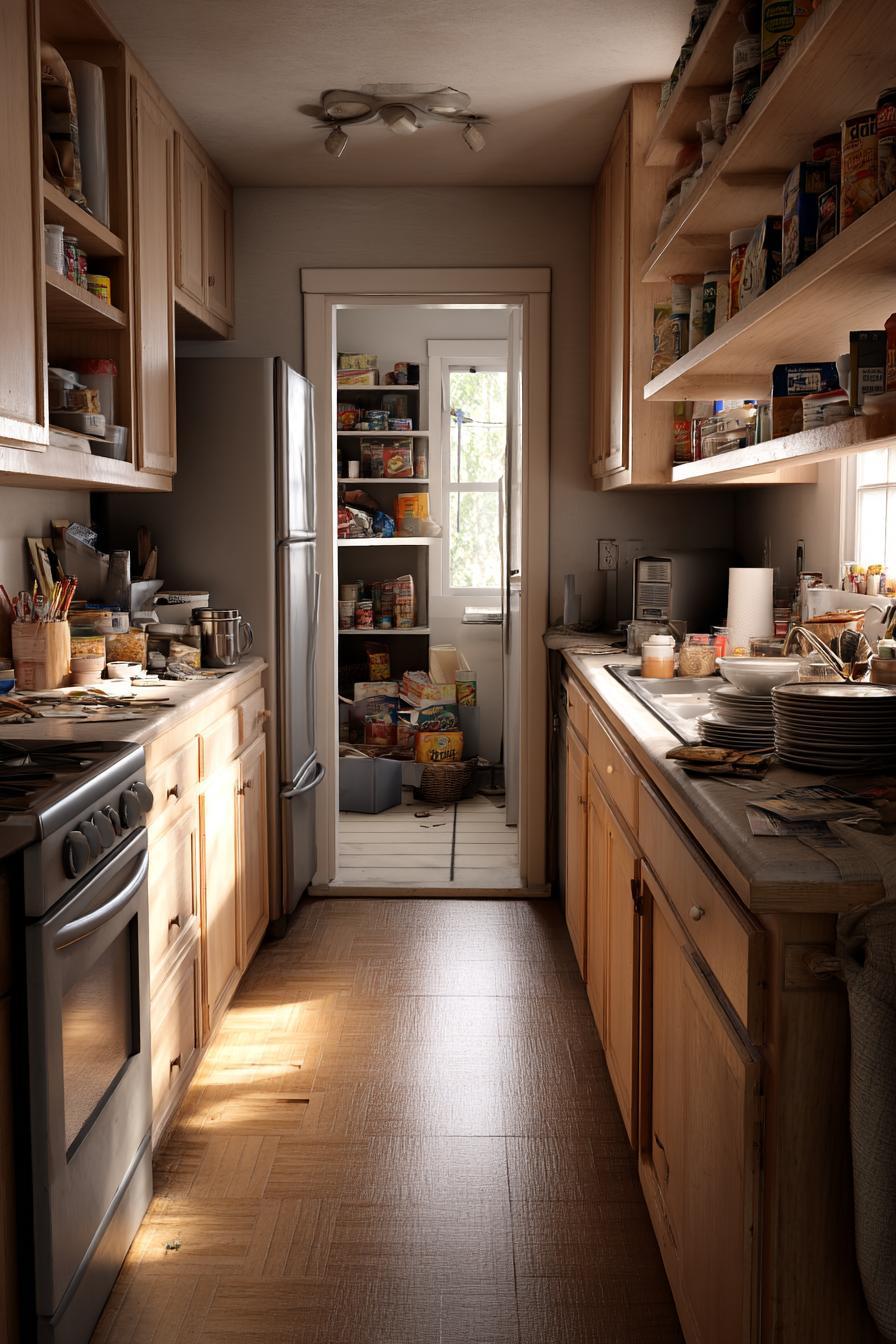
Creating Functional Zones
Designating specific areas for tasks enhances efficiency and reduces the time you spend moving around the kitchen.
Prep Zone
This area should be spacious and include essentials like knives, cutting boards, mixing bowls, and measuring tools. Ideally, place it near the sink for easy access to water and washing produce.
Cooking Zone
Position your pots, pans, cooking utensils, and spices close to the stove. This reduces the need to walk across the kitchen mid-recipe and keeps everything you need within reach.
Cleaning Zone
Keep dish soap, scrubbers, dish towels, and trash bags near the sink or dishwasher. Consider adding a small caddy under the sink for easy access to cleaning supplies.
Storage Zone
Use deep drawers or shelves for dry goods, containers, and bulk items. If you have a pantry, dedicate sections for different categories like grains, snacks, or breakfast foods.
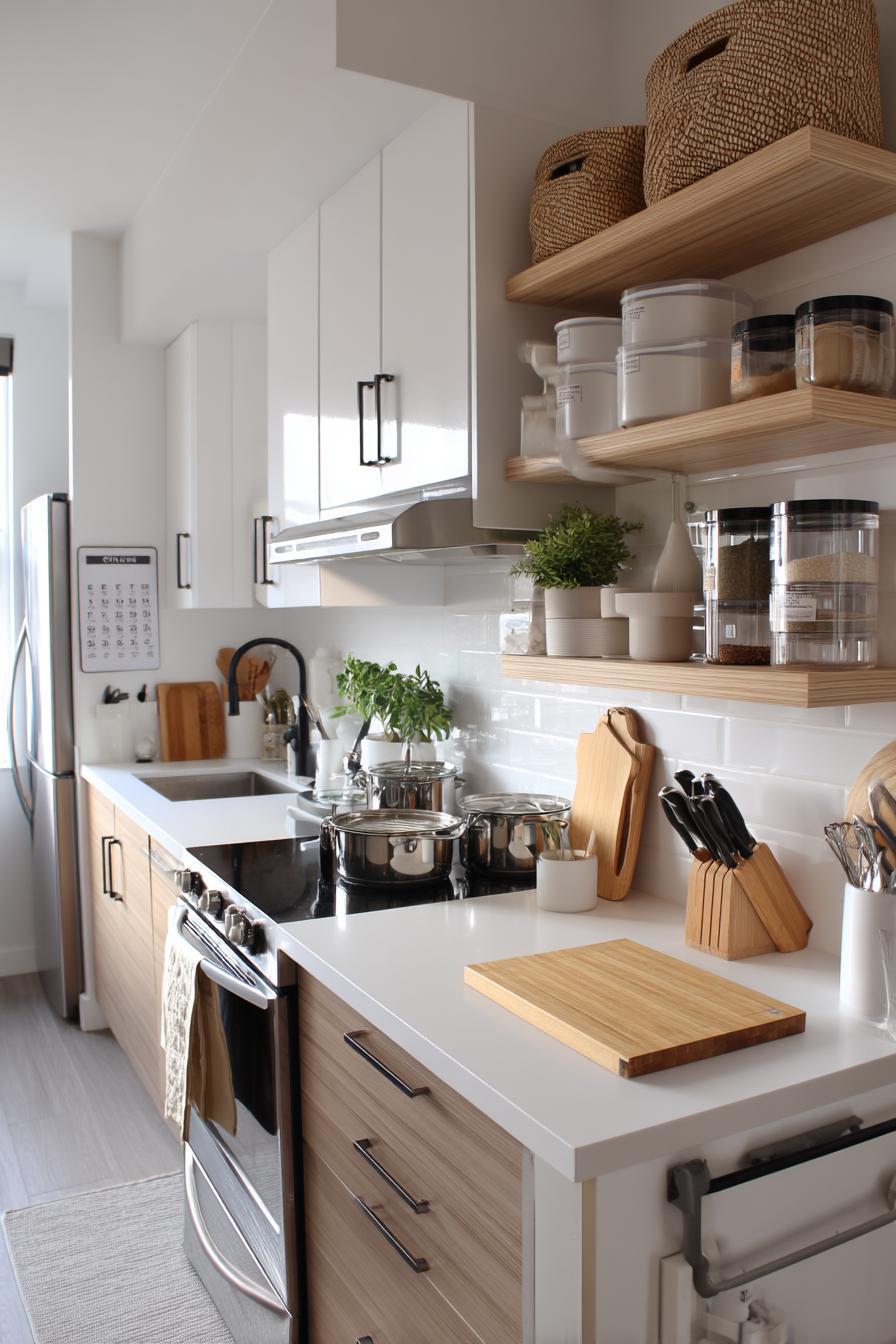
Optimizing Storage Solutions
Maximizing every inch of your kitchen is key to keeping things neat and accessible. Clever storage solutions can transform even the smallest kitchen into a highly functional space.
Use Vertical Space
Don’t let your upper cabinet and wall space go to waste. Install shelves, hooks, or pegboards to hang pots, pans, or utensils. Magnetic strips can hold knives or spice jars, freeing up drawer and counter space.
Drawer Dividers and Bins
Messy drawers can make it hard to find the tools you need. Use drawer dividers to keep utensils, measuring spoons, and gadgets organized. Clear bins are great for grouping similar items and allow you to see contents at a glance.
Lazy Susans and Tiered Racks
Rotating trays, or lazy Susans, are perfect for corner cabinets and storing oils, spices, or condiments. Tiered racks help you make the most of shelf height, especially for canned goods or dishware, making items in the back easy to reach.
Stackable Containers
Invest in uniform, stackable containers for dry goods. Not only do they look tidy, but they also save space and keep ingredients fresh. Label each container for easy identification.
Organizing the Pantry
A well-organized pantry can make meal prep faster and reduce waste by helping you use what you have before buying more.
Categorize and Label
Sort pantry items into broad categories like grains, snacks, canned goods, baking ingredients, and spices. Use clear bins or baskets to keep items from getting lost in the back. Label each bin and container to keep everything in its place.
Use Adjustable Shelves and Risers
If your pantry has deep shelves, consider adding adjustable risers to make items more visible. Stackable shelves can help double your storage space by utilizing vertical room between shelves.
FIFO Method (First In, First Out)
To avoid food waste, practice the FIFO method: place newer items behind older ones, so you use up what you bought first. This is especially useful for canned goods, snacks, and spices.
Streamlining the Refrigerator and Freezer
A cluttered fridge can lead to forgotten leftovers and wasted food. Organizing it properly helps maintain freshness and simplifies your meal prep routine.
Designate Zones
Assign sections for dairy, meats, leftovers, produce, and snacks. Use clear bins to group similar items and label them if necessary. Store items that are frequently used at eye level for easy access.
Use Airtight Containers
Transfer prepped ingredients and leftovers into clear, stackable containers. Not only do these keep food fresh longer, but they also make it easier to see what you have at a glance.
Avoid Overcrowding
Leave space between items to allow for proper air circulation. An overstuffed fridge makes it harder for the appliance to cool efficiently and can lead to spoilage.
Freezer Inventory System
Keep a list of what’s in your freezer on a whiteboard or digital note. This helps avoid buying duplicates and ensures you use items before they get freezer burn.
Implementing Meal Prep Tools and Equipment
Having the right tools on hand can make a big difference in how quickly and efficiently you can prep meals. Thoughtfully chosen gadgets also help minimize clutter and maximize utility.
Must-Have Meal Prep Tools
Equip your kitchen with these essentials:
- Sharp chef’s knife – speeds up chopping and slicing.
- Cutting boards – ideally color-coded for different food types.
- Measuring cups and spoons – crucial for accuracy.
- Mixing bowls – nesting sets save space.
- Blender or food processor – great for sauces, smoothies, and bulk chopping.
Space-Saving Gadgets
Look for tools that serve multiple functions or are designed to conserve space:
- Collapsible colanders and nested measuring sets.
- Multi-purpose appliances like Instant Pots or air fryers.
- Magnetic measuring spoons that stick together and save drawer space.
Storage Containers
Invest in a set of BPA-free, stackable, and microwave-safe containers for storing prepped meals. Consider compartmentalized containers for full meal storage, and label each with dates to track freshness.
Maintaining Your Organized Kitchen
Once your kitchen is organized, the goal is to keep it that way. Maintenance is easier than starting over, and a few simple habits can help you stay on track.
Daily Habits
- Clean as you go while cooking.
- Return items to their designated zones after use.
- Wipe down counters and sweep the floor every evening.
Weekly Check-Ins
- Do a quick fridge and pantry scan before grocery shopping.
- Toss expired food and wipe down shelves.
- Reorganize any “hot spots” where clutter tends to build up.
Get Everyone Involved
If you share your kitchen with others, make sure they understand the system. Label shelves and bins clearly so everyone can pitch in with cleaning and organizing. A shared responsibility ensures long-term success.
Conclusion
An organized kitchen is more than just a visually pleasing space—it’s a game-changer for anyone who wants to cook with ease, save time, and reduce daily stress. By assessing your layout, decluttering with intention, creating functional zones, and using smart storage strategies, you can turn your kitchen into a space that works for you.
And remember, organization is not a one-time task—it’s a habit. A little effort each day will help you maintain a space where meal prep becomes smoother, faster, and more enjoyable. Start small, stay consistent, and make your kitchen a place that fuels not only your meals but also your peace of mind.

